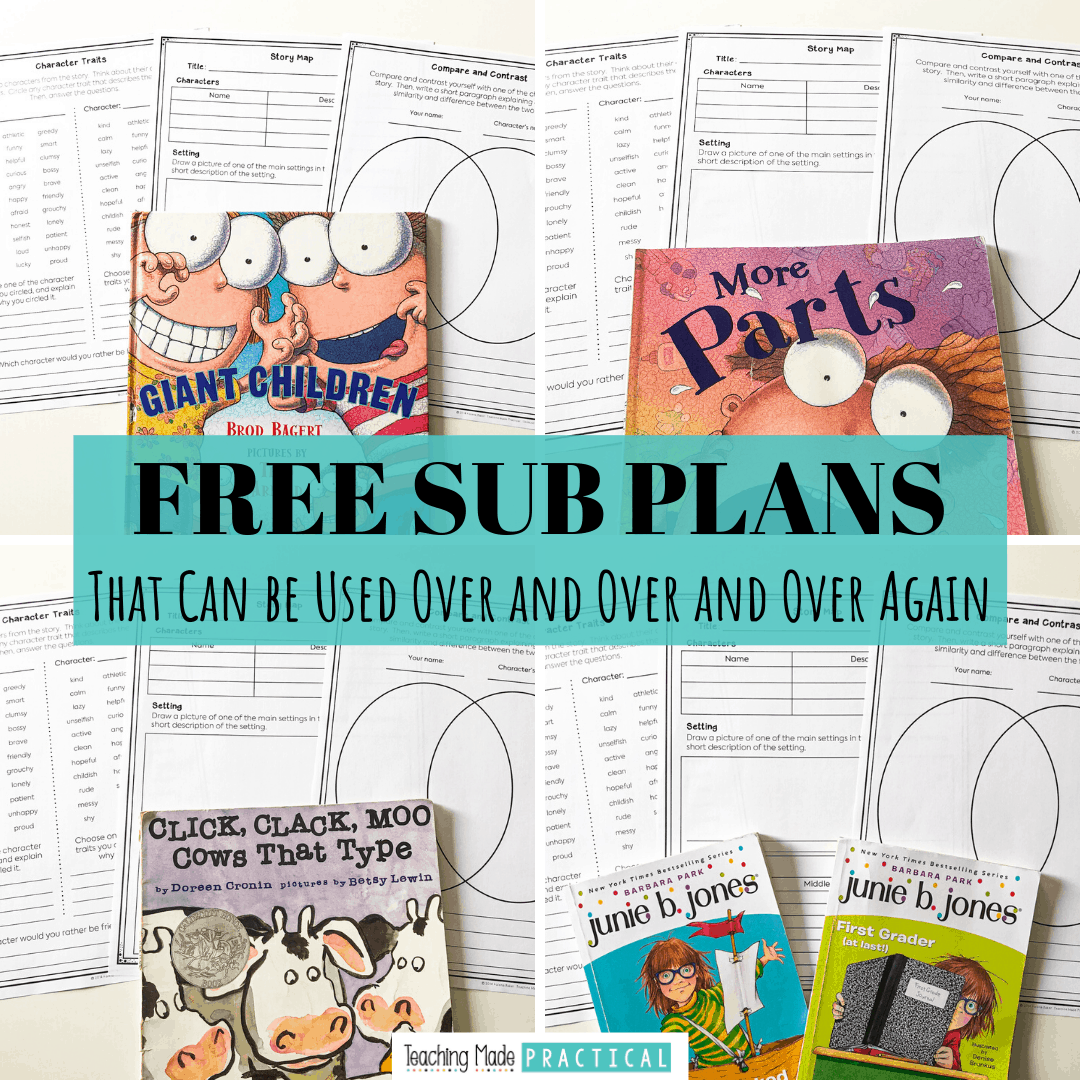
Written by Guest Blogger Miss Sonjia Colson
In my experience, one of the most difficult tasks can be creating the pattern of how as a teacher you choose to react to student “drama.” Students as early as kindergarten are natural born storytellers and create their own drama! Kids want to be heard, especially when conflict arises.
As a teacher, when you are listening to conflicts that happened that you didn't personally witness, it can become chaotic. Most of the time students are screaming your name, several students are trying to tell you their perspective, etc. Surprisingly, this chaotic moment provides the perfect opportunity for students to practice summarizing and or retelling their stories.
This contains affiliate links. For more information, see my disclosure policy here.
Where Did This Idea Come From?
As a teacher, I choose to explicitly teach subjects along with behavior management techniques.
The first couple of weeks of school are critical when establishing classroom behavior expectations. For those expectations, I use the book First Six Weeks of School by Paula Denton to guide my lesson plans as well as help create a positive learning environment. The book provides routines and expectations of classroom behavior for kindergarten through eighth grade relating I-messages, taking a break, and how to should respond to conflict.
In addition to explicitly teaching behavior and using the First Six Weeks Book I also explicitly teach the retelling techniques featured in Jan Richardson's The Next Step Forward in Guided Reading the Five Finger retell, SWBS (Somebody-Wanted- But- So Then) or B-M-E.
These are comprehension strategies can be used for students kindergarten through eighth grade during direct instruction or guided reading. After introducing these strategies to my students, some continued to struggle retelling stories when prompted. In response, I started using these strategies during conflicts to promote critical thinking.
When Conflict Arises...
Conflict usually arises when the students are working independently during centers, or at lunch or recess. These times should be enjoyable HOWEVER, something happens and it feels like the end of the world to the students.
What should you do? Your first step is to allow all the parties to calm down and breathe for about a minute because - let's face it, you cannot get anything out of students while they are angry and upset.
After they have calmed down it is time for students to have a small conference.
Conferences should not be long and should be geared towards practicing retelling/summarizing. For example, the following are the questions I ask:
- Who are the characters in your story?
- What is the setting?
- What is the problem in your story?
- What is the beginning? Middle? End?
- What do you think the solution should be?
Older kids they can choose to write about the incident on a graphic organizer, then discuss their solution to the problem. Younger students could have an entirely verbal conference.
Have students decide what the solution should be as long as a student is not hurt (and as long as they come up with an appropriate solution). Most of the time students will agree not to play with each other for a while, hug, apologize, or write an apology letter to each other.
Once the solution is made students have to agree to follow through. As a result, students are building a strong connection with each other, improving classroom atmosphere and becoming active problem solvers.
My Why...
In my opinion, the students in our classrooms are nothing but little adults waiting to be loved and taught. Even classroom management needs to be done out of love because other than teaching them common core standards, we must educate them on reflecting and solving problems while learning from mistakes.
In addition, you can use every shared experience as a realistic learning opportunity so when students are “big adults” they are equipped to deal with conflicts, anger and frustration. Teaching discipline should not traumatize students. Instead, it should educate and provide lifetime solutions.
After reading this blog, tell me what you think...
Email: Sonjia.Colson@yahoo.com
Never Stress Over Sub Plans Again!

Make copies, find a fiction book, and you'll be ready for any emergency that comes your way!


Comments 1
I LOVED this suggestion! I have quite a handful of dramatically sensitive students this year, and have already been using the tool of having them write down their recess issues for follow-up at a good time). What I love about your idea is the basic 5 questions! I quickly copied and pasted onto a word document and put in some spacing… Voila! Now all of my student-reported issues will be in the same format making for simpler problem-solving. 🙂